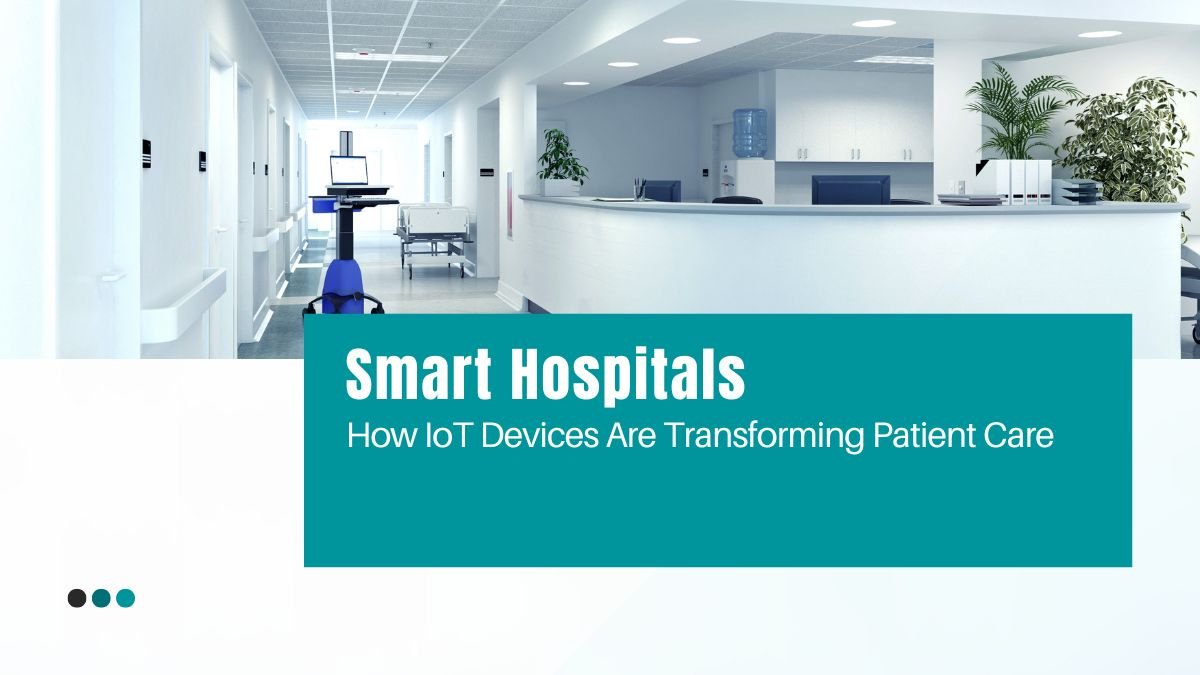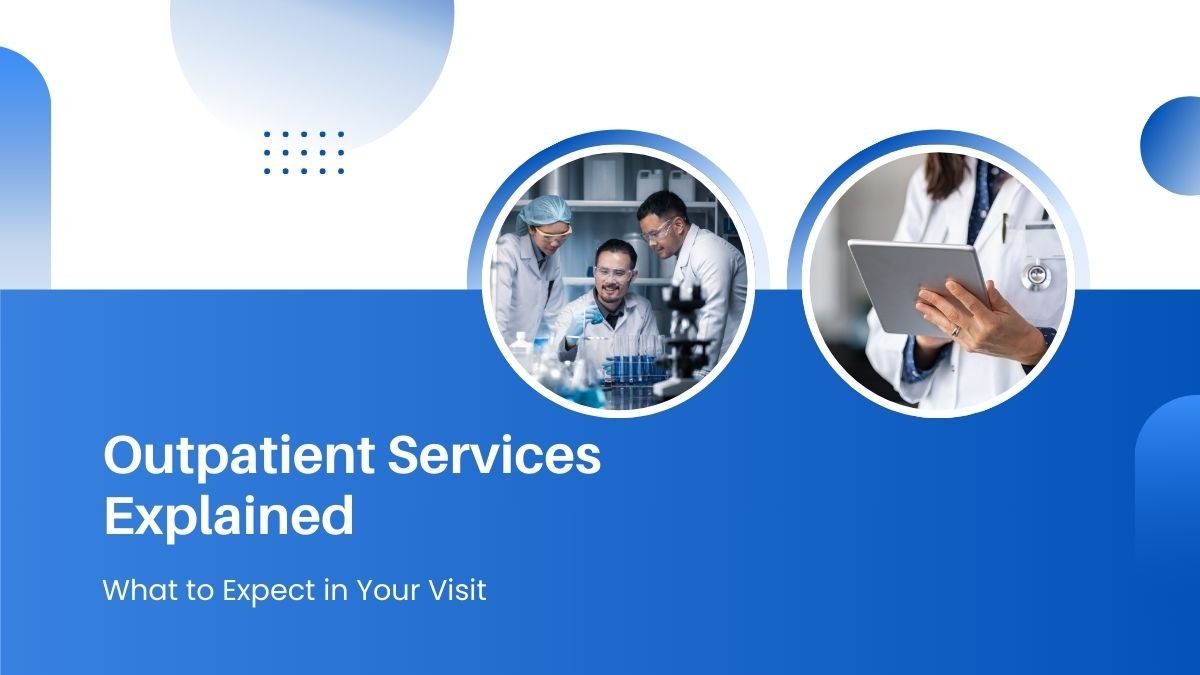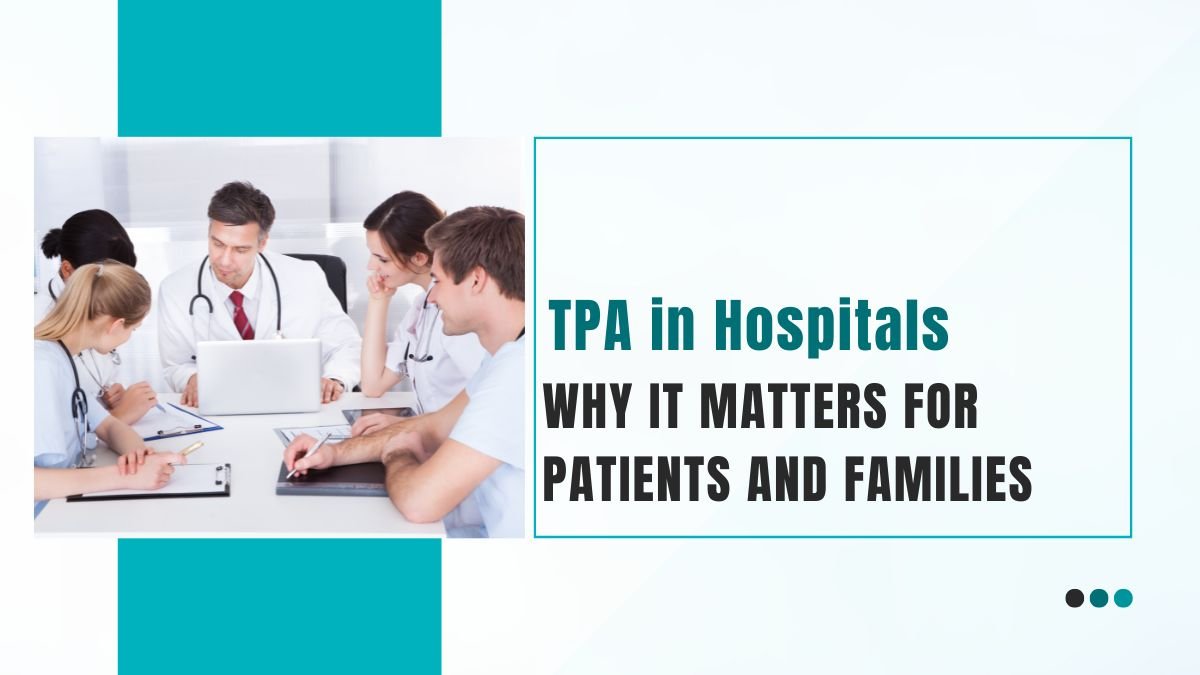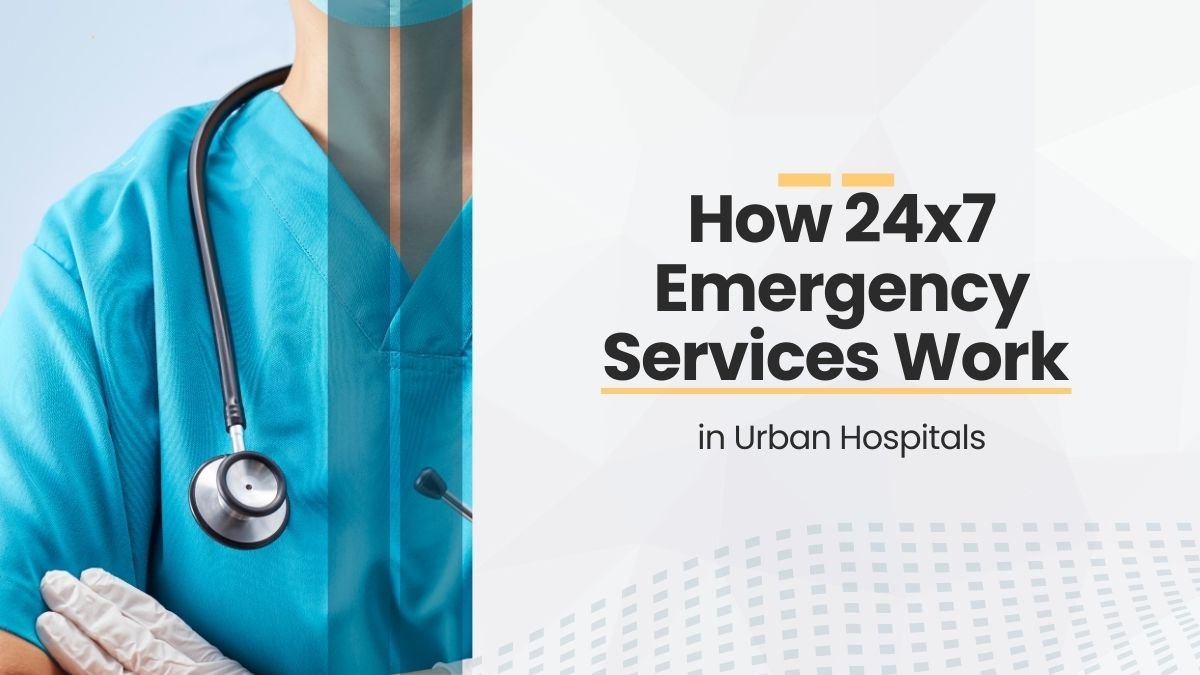IoT in Smart Hospitals – A New Era of Patient Care
The healthcare sector today goes beyond doctors, medicines, and hospital walls. With the advent of IoT (Internet of Things), patient care is being revolutionized. IoT refers to internet-connected devices that can send and receive data continuously. When implemented in hospitals, they transform them from mere “healing places” into smart hospitals – enabling better patient care, faster response, and more efficient use of resources.
1. Real-Time Patient Monitoring
Earlier, medical staff had to check patients’ vitals manually. Now, IoT-powered devices like wearable bands, smartwatches, and wireless ECG monitors continuously track:
- Heart rate
- Blood pressure
- Oxygen levels
- Body temperature
Benefits:
- Instant alerts to doctors and nurses if vitals go out of range.
- Early intervention before the condition worsens.
Example: In an ICU, IoT devices can help save lives by tracking every second of a critical patient’s vitals.
2. Better Communication Between Patients and Staff
IoT ensures quick and seamless communication inside hospitals:
- Patients can alert nurses directly with IoT-enabled call buttons.
- Doctors receive urgent notifications on mobile devices.
Example: If an elderly patient falls, IoT motion sensors can detect the fall and trigger an immediate alarm.
3. Operational Efficiency
IoT is not just for patient care – it also optimizes hospital operations:
- Asset Tracking: Locate wheelchairs, ventilators, and infusion pumps instantly.
- Inventory Management: Automatic updates on stock levels of medicines and supplies.
This reduces delays, prevents shortages, and ensures better resource allocation.
4. Data-Driven Insights
The continuous data flow from IoT devices is valuable for both immediate treatment and long-term planning:
- Doctors can design better treatment plans using historical data.
- Hospitals can prepare resources based on disease trends.
Example: A sudden increase in respiratory illness cases could trigger an early order of oxygen cylinders and ventilators.
5. Remote Patient Care
IoT makes it possible for patients to receive treatment without being physically present in hospitals:
- Wearable devices send health data directly to doctors.
- Telehealth and video consultations become more effective.
Advantages:
- Reduces the need for frequent hospital visits for elderly and chronically ill patients.
- Saves time and travel costs.
Example: A diabetes patient can send daily blood sugar readings to their doctor from home.
6. Security and Privacy Concerns
Since IoT involves sensitive patient data, cybersecurity is a major concern:
- Hospitals must implement encryption and strong password policies.
- Staff must be trained in data protection practices.
7. Integration Challenges
Integrating IoT with older hospital systems can be complex and may require expert IT teams and careful planning.
8. The Future of IoT in Healthcare
- AI integration for predictive diagnosis.
- Robotic surgeries with IoT-assisted precision.
- Remote healthcare access for rural areas.
Conclusion – Making Patients’ Lives Easier
IoT has transformed patient care by enabling:
- 24/7 health monitoring
- Faster emergency response
- Efficient resource usage
- Better treatment outcomes through data analysis
- Home-based medical care
While challenges like cybersecurity and integration exist, with the right planning, IoT can make hospitals more efficient and patient-friendly, marking the beginning of a truly smart healthcare era.









